Top 4 Types of Data Cables: Everyone Needs
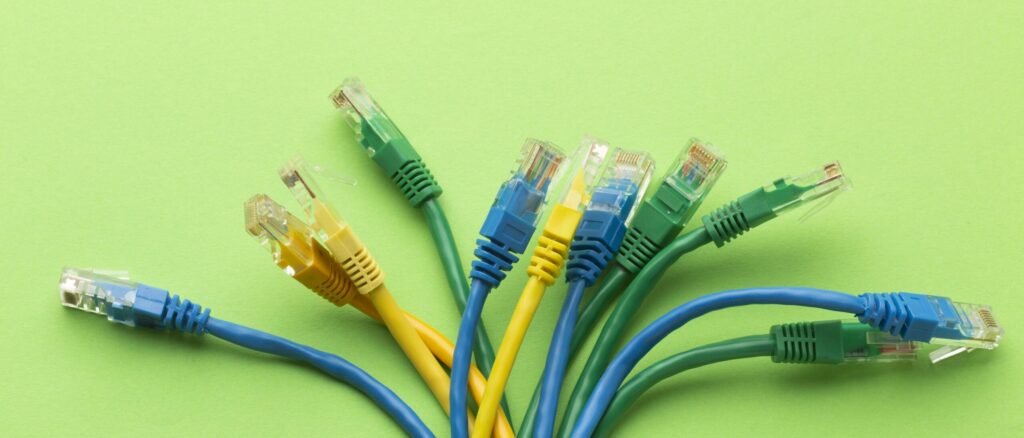
Introduction
In today’s interconnected world, where digital devices play an integral role in our daily lives, the humble data cable often goes unnoticed despite being an essential component of modern technology. Whether you’re transferring files between devices, charging your smartphone, or connecting peripherals to your computer, data cables are the unsung heroes that facilitate seamless communication and power delivery. In this blog post, we’ll delve into the world of data cables, exploring their types, uses, and importance in the digital age.
Understanding Data Cable
At its core, a data cable is a physical medium used to transmit data between electronic devices. It consists of multiple wires encased in insulating material, often with connectors on either end to facilitate connection to devices. Data cables come in various forms, each designed for specific purposes and devices.
Types of Data Cable
USB cables:
USB (Universal Serial Bus) cables are perhaps the most ubiquitous type of data cable, commonly used for connecting devices such as smartphones, tablets, cameras, and external hard drives to computers. They come in different shapes and sizes, including USB-A, USB-B, USB-C, and micro-USB, each with its own set of characteristics and compatibility.
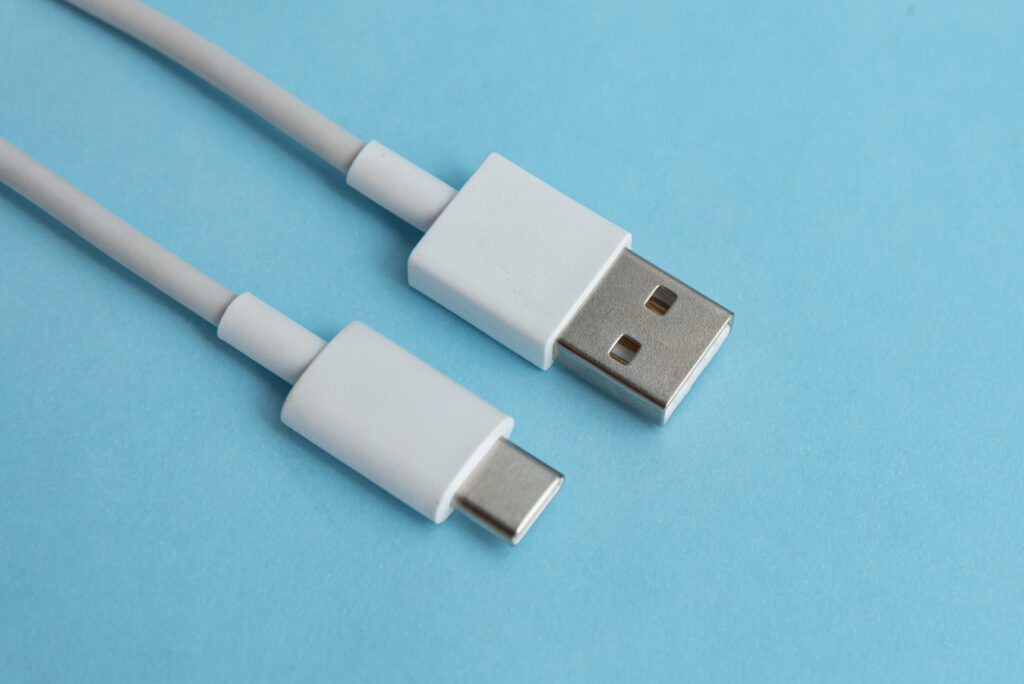
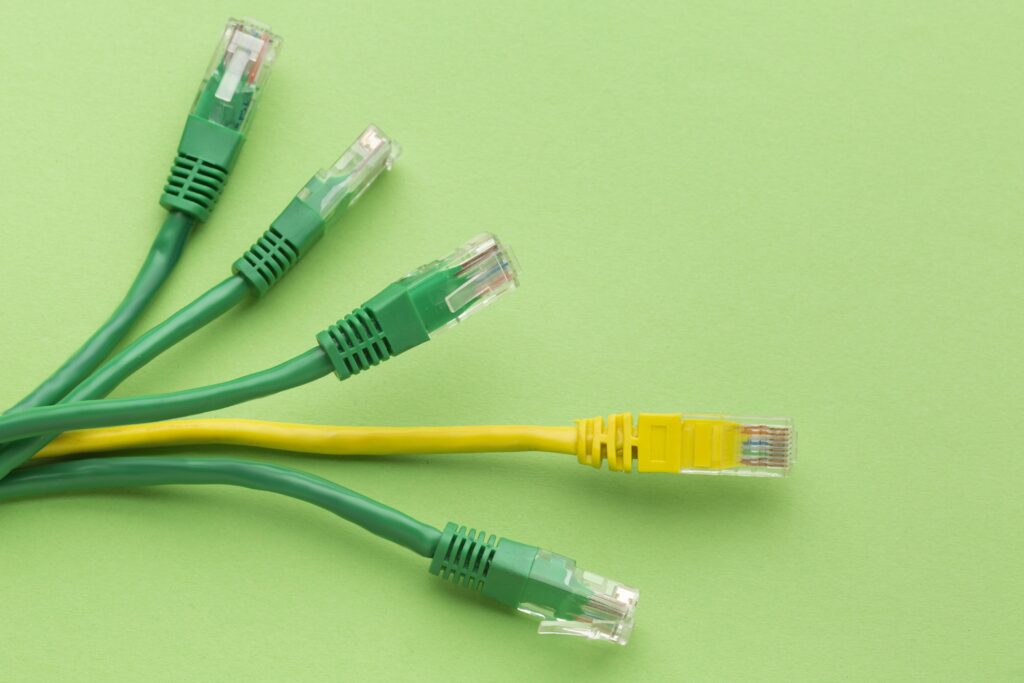
Ethernet Cables:
Ethernet cables, also known as network cables or LAN (Local Area Network) cables, are used to connect devices within a network, such as computers, routers, and switches. They enable high-speed data transmission and are essential for establishing wired internet connections in homes, offices, and data centers.
HDMI Cables:
HDMI (High-Definition Multimedia Interface) cables are primarily used for transmitting audio and video signals between devices, such as TVs, monitors, gaming consoles, and Blu-ray players. They support high-definition resolutions and are essential for enjoying immersive multimedia experiences.
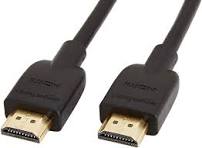
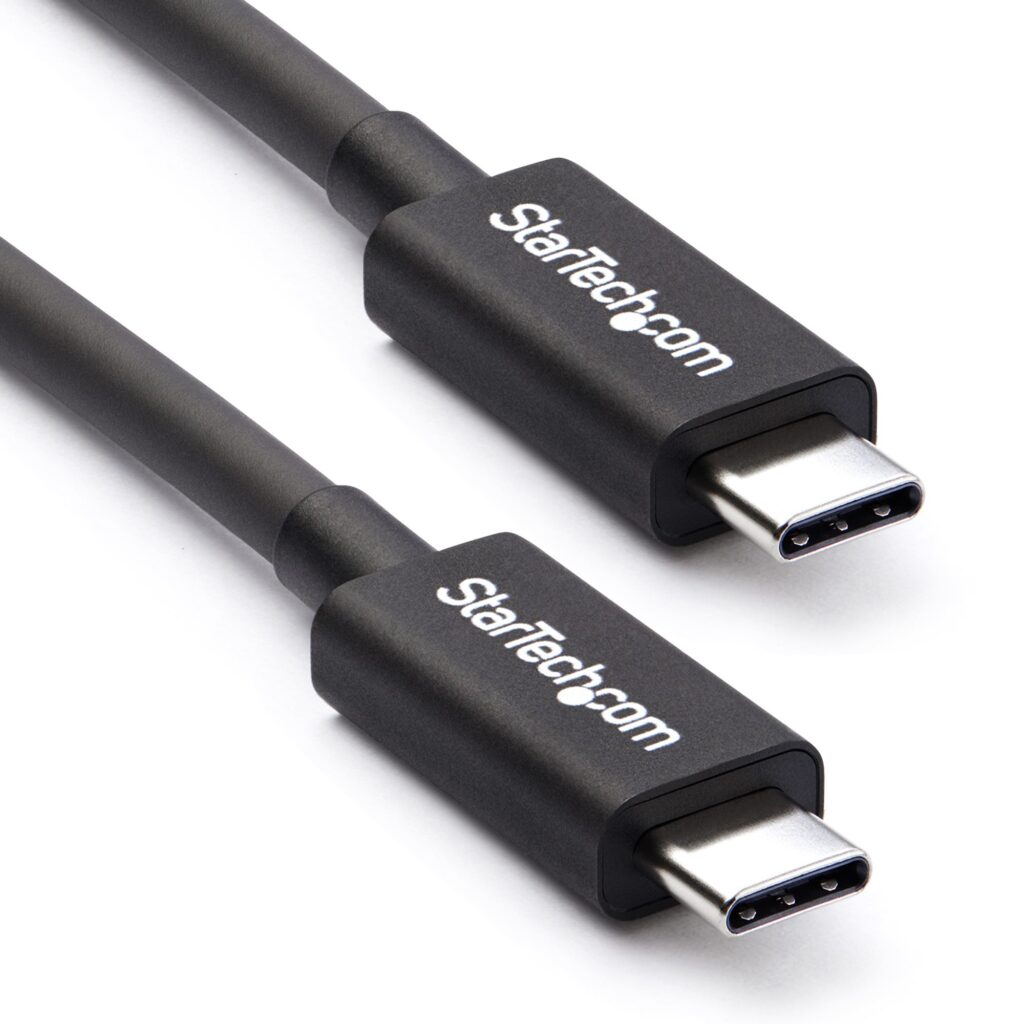
Thunderbolt Cables:
Thunderbolt cables are advanced data cables that support high-speed data transfer, video output, and power delivery. They’re commonly used for connecting peripherals such as external hard drives, monitors, and docking stations to computers, offering unparalleled performance and versatility.
The Importance of Data Cables
Data Transfer:
Data cables play a crucial role in facilitating the transfer of files, documents, photos, videos, and other digital content between devices. Whether you’re backing up your smartphone, transferring photos from your camera, or syncing data between your computer and external storage, data cables make it all possible.
Charging:
In addition to transfer the data, many cables also serve as power cables, allowing you to charge your devices efficiently. Whether you’re charging your smartphone, tablet, laptop, or other electronic gadgets, a reliable data cable ensures fast and reliable power delivery, keeping your devices powered up when you need them most.
Device Connectivity:
Data cables enable seamless connectivity between devices, allowing you to expand the functionality of your devices and peripherals. Whether you’re connecting a printer to your computer, a game controller to your gaming console, or a projector to your laptop, data cables provide the necessary interface for communication and interaction.
Tips for Choosing and Using Data Cables
Compatibility:
When selecting a data cable, ensure compatibility with your devices to avoid compatibility issues and ensure optimal performance.
Quality:
Invest in high-quality cables made from durable materials to ensure reliability and longevity. Cheap, poorly made cables are more prone to damage and may fail prematurely.
Length:
Consider the length of the cable based on your specific needs and usage scenarios. Longer cables offer more flexibility but may result in signal degradation over longer distances.
Proper Handling:
Handle data cables with care, avoiding excessive bending, twisting, or pulling, which can damage the cables and connectors. Store cables neatly to prevent tangling and ensure longevity.
Conclusion
Data cable are the unsung heroes of modern technology, facilitating seamless communication, data transfer, and power delivery between electronic devices. Whether you’re transferring files, charging your devices, or connecting peripherals, a reliable data cable is indispensable in today’s digital age. By understanding the different types of data cables, their uses, and best practices for choosing and using them, you can harness the full potential of your devices and stay connected in an increasingly interconnected world.

Pingback: Unraveling the excellence: Micro USB Data Cable
Pingback: Unveiling the Ultimate Connectivity: OnePlus Data Cable Review - reviewsmarts.com
Pingback: Exploring the Versatility of USB Data Cables 2024 - reviewsmarts.com
Pingback: IPhone Data Cable Price revealed in 2024 - reviewsmarts.com